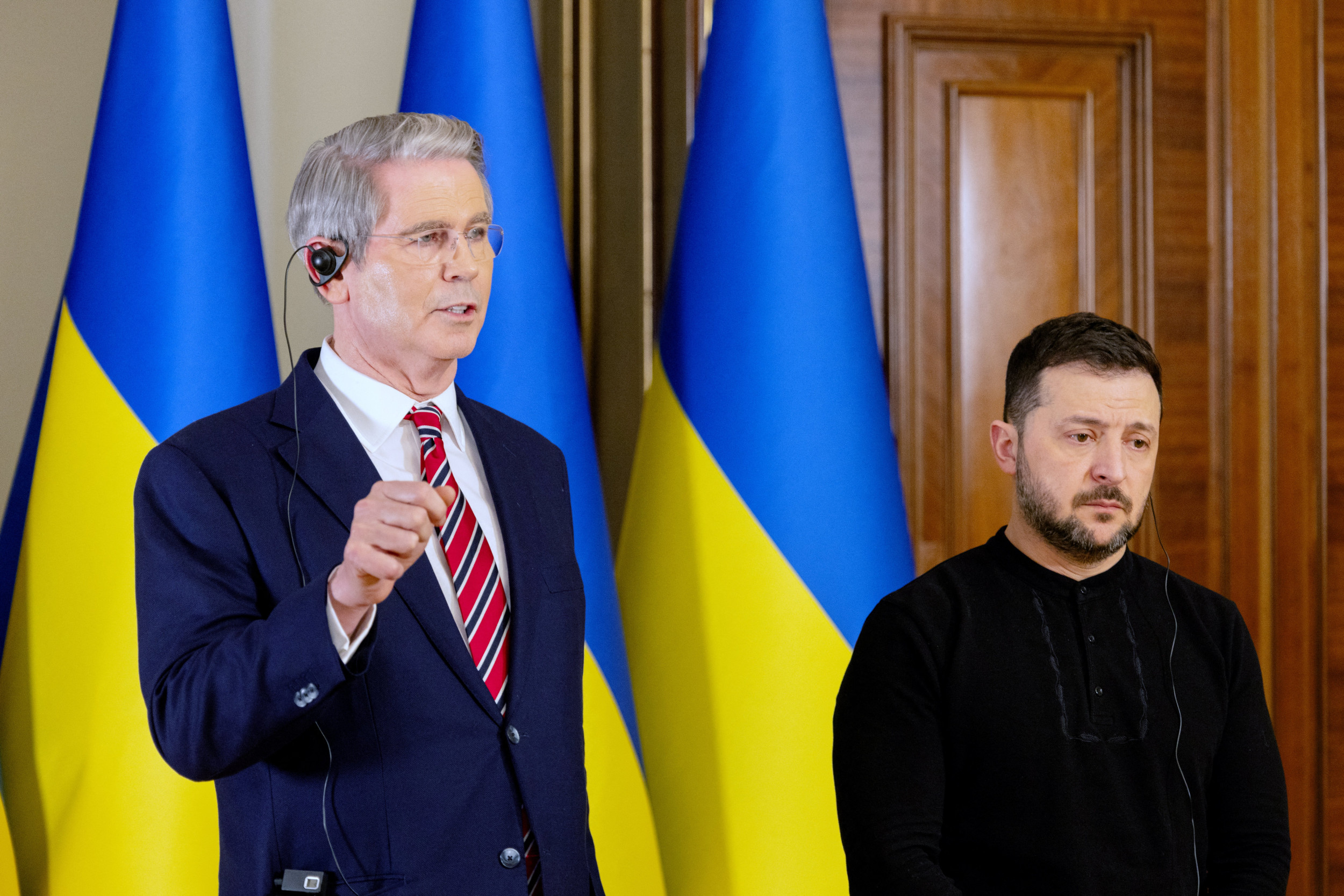Let’s be honest, living in the UK, volcanoes erupting aren’t something we find ourselves regularly worrying about.
That kind of thing seems far from our lives on our little island. But I hate to break it to you, if by some chance the Yellowstone supervolcano erupted right now, the entire world would face terrifying consequences.
Yes, we would also be dealt a blow if it went off big time over in the US.
The Yellowstone Plateau Volcanic Field spans parts of Wyoming and Montana and developed through three volcanic cycles that span two-million years.

The Grand Prismatic Spring at Yellowstone National Park. (Getty Stock)
Before you start panicking at learning this supervolcano eruption is even a thing, its worth knowing the United States Geological Survey (USGS) has not detected any signs of activity that suggest an imminent eruption.
Instead, the most likely explosive event to happen at Yellowstone is a hydrothermal explosion or lava flow, happening every few years.
But it’s always worth knowing the worst-case scenario, you know? If anything, it’s pretty interesting. Primarily of course, parts of the surrounding states of Montana, Idaho and Wyoming closest to it would be affected by pyroclastic flows.
This is a fast-moving current of hot gas and volcanic matter, which would instantly kill any human that comes into contact with it.

Yellowstone sits atop an active volcanic caldera. (George Rose/Getty Images)
Now, while the rest of the world won’t be seeing flow from the volcano rushing by, it’s likely we could see the ash from it.
Within a few days of the eruption, a fine dusting of ash could fall across us in Europe.
But more of the US and those closer to Yellowstone would see a heavier falling of it as the BBC previously explained how ‘inhaled ash forms a cement-like mixture in human lungs’.
The biggest danger is said to be within 1,000km of the blast as the ash falls and spreads but the rest of the world would be likely to experience the consequences.
While the worst of it wouldn’t be suffered by us, ash can cause reduced sunlight, kill crops and vegetation and contaminate water supplies.
Perhaps the main wide-reaching effect of a major Yellowstone eruption would be the change in weather.
As it would inject sulphur gas into the upper atmosphere, it’s believed this would cause climatic cooling.
With red skies in Europe in the days after, sunlight would be scattered for a period.
And experts predict global annual average temperatures would drop by 10 degrees, with colder temperatures potentially lasting six to 10 years.
But again, while it would have a global effect, the likelihood of a super-eruption at Yellowstone in the near-future is very low.




















 English (US) ·
English (US) ·